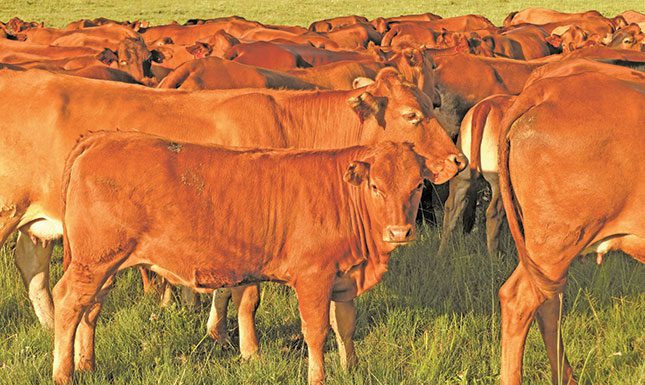Dr. Mpho Maja, the Department of Agriculture’s animal health director, told Farmer’s Weekly that farming operations in four provinces have been affected by foot-and-mouth disease (FMD), requiring tailored strategies for containment and management.
“In cases where feedlots or commercial beef herds were impacted, controlled slaughter was the fastest solution, allowing for immediate action without the need for pre-slaughter testing. However, this approach is not suitable for farms with valuable breeding stock, where extensive testing is conducted to ensure there is no viral circulation,” she explained.
For farms with breeding stock, antibody testing is initiated only after more than 12 months without any signs of the virus. “We conduct repeat sampling at 14-day intervals to confirm the virus is not circulating. These tests, which detect antibodies from previous infections or vaccinations, offer a reliable indication of the farm’s disease status,” Maja added.
The complex nature of FMD, with its long incubation period, complicates detection and containment efforts. “FMD can spread silently, with animals appearing healthy while shedding the virus for up to 14 days. Symptoms can take up to 28 days to show, which is why we advise farmers to restrict the movement of cloven-hoofed livestock during active outbreaks,” she said.
To prevent the undetected spread of the virus, health declarations and a mandatory 28-day quarantine are now required for new livestock arrivals, as enforced by the Animal Diseases Act.
Dewald Oliver, CEO of Red Meat Industry Services, emphasized the critical role of biosecurity in managing FMD’s spread, particularly controlling who and what enters farms. “Effective biosecurity measures include disinfection, designated entry points, and protective clothing for visitors,” he said. However, Oliver also noted that these strict protocols could disrupt farm operations. “To support farmers, we need affordable biosecurity tools and possibly financial assistance to help with these additional costs.”
While vaccination is part of the control strategy, Maja noted its limitations. “Vaccination is used when movement control is not possible or effective. It reduces the viral load but does not completely prevent infection and may even mask symptoms, leading to a false sense of security. Strict monitoring is essential, as vaccinated animals can still harbor and spread the virus,” she explained.
The Department of Agriculture has refined its FMD control strategy to suit regional needs. While containment efforts have been successful in Gauteng, challenges persist in other provinces, especially in the Eastern Cape. “In regions where movement control is difficult, we may declare a disease management area, applying uniform restrictions to all properties to reduce the risk,” Maja added.
Oliver also highlighted the importance of ongoing communication and training to ensure effective compliance with biosecurity protocols. “Regular workshops, training, and digital resources can help farm staff and transporters stay informed on best practices,” he said.


